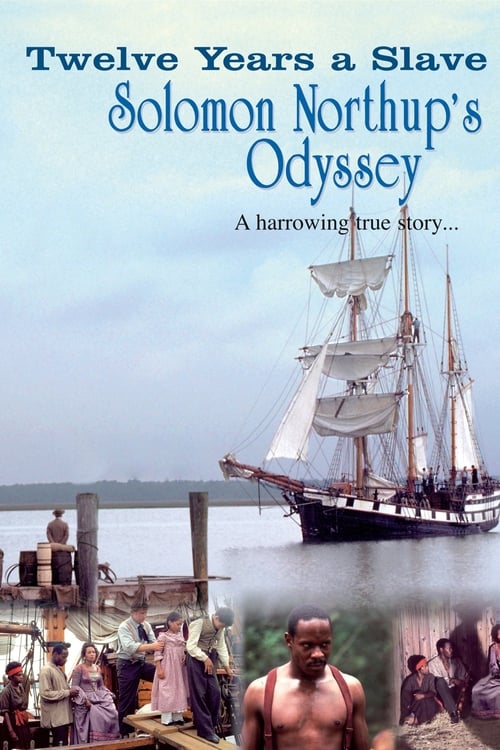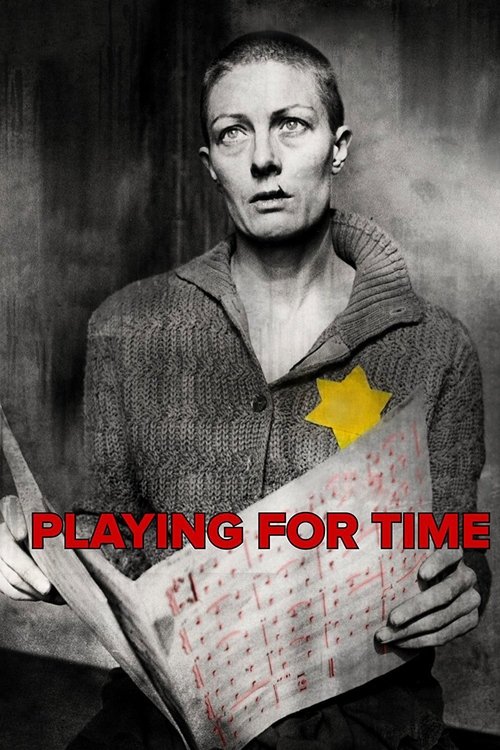
Ask Your Own Question
What is the plot?
More Movies Like This
Browse All Movies →What is the ending?
In the ending of "The Adventures of Nellie Bly," Nellie successfully completes her journey around the world in 72 days, proving her capabilities as a journalist and adventurer. She returns to New York City to a warm welcome, where she is celebrated for her achievements. The film concludes with her reflecting on her experiences and the impact of her work.
As the final act unfolds, the scene transitions to a bustling New York City, where the atmosphere is charged with excitement. Nellie Bly, portrayed with determination and resilience, steps off the train, her heart racing with a mix of triumph and disbelief. The crowd gathers, their faces filled with admiration and curiosity, eager to witness the return of the woman who has circled the globe in record time.
Nellie is greeted by her friends and supporters, including her editor, who has been anxiously awaiting her return. Their expressions convey a blend of pride and relief, as they realize that she has not only completed her journey but has also shattered societal expectations of women during that era. The camera captures the joy in her eyes, reflecting her internal satisfaction and the weight of her accomplishment.
As she steps into the embrace of her friends, the scene shifts to a celebratory gathering in a grand hall. The atmosphere is festive, filled with laughter and applause. Nellie stands at the center, a beacon of inspiration, as she recounts her adventures. Her stories of resilience, courage, and the diverse cultures she encountered resonate deeply with the audience. Each tale she shares is punctuated by vivid imagery of her travels, from the bustling streets of London to the serene landscapes of Asia.
In a poignant moment, Nellie reflects on the challenges she faced, including the skepticism she encountered from those who doubted her abilities. Her determination shines through as she emphasizes the importance of believing in oneself and breaking barriers. The audience listens intently, captivated by her words, which serve as a rallying cry for women everywhere to pursue their dreams.
As the celebration continues, the film highlights the impact of Nellie's journey on her personal life. She shares a heartfelt moment with her editor, who expresses his admiration for her bravery and intellect. Their bond deepens, hinting at a mutual respect that transcends professional boundaries.
The final scenes depict Nellie looking out over the city skyline, her expression a mix of hope and contemplation. She understands that her journey is not just about her personal achievements but also about paving the way for future generations of women. The film closes with a sense of optimism, as Nellie Bly stands as a symbol of empowerment, ready to take on new challenges and continue her work as a journalist.
In summary, the fates of the main characters are intertwined with the themes of courage and perseverance. Nellie Bly emerges as a trailblazer, her journey inspiring others to challenge societal norms. Her editor, who supported her throughout, recognizes her talent and potential, solidifying their partnership. The film concludes on a note of celebration and reflection, emphasizing the significance of Nellie's accomplishments and the broader implications for women in society.
Is there a post-credit scene?
The Adventures of Nellie Bly, produced in 1981, does not contain a post-credit scene. The film concludes without any additional scenes or content after the credits roll. The story wraps up with Nellie Bly's achievements and her impact on journalism, leaving the audience with a sense of closure regarding her adventures and the challenges she faced.
What motivates Nellie Bly to embark on her journey as an investigative journalist?
Nellie Bly is driven by a deep sense of justice and a desire to expose the truth. Her determination is sparked by her experiences and the injustices she witnesses, particularly regarding the treatment of women and the mentally ill. This personal motivation propels her to take on challenging assignments, including her famous undercover investigation.
How does Nellie Bly manage to gain access to the Blackwell's Island Asylum?
Nellie Bly cleverly feigns mental illness to gain entry into the Blackwell's Island Asylum. She adopts a persona of confusion and distress, which convinces the authorities that she requires institutional care. This bold move showcases her bravery and commitment to uncovering the harsh realities faced by the patients inside.
What are some of the conditions Nellie Bly witnesses while at the asylum?
Inside the asylum, Nellie Bly observes appalling conditions: patients are subjected to neglect, physical abuse, and inhumane treatment. She describes the cold, damp environment, the lack of proper food, and the chaotic atmosphere filled with despair. These vivid details highlight the urgent need for reform in mental health care.
How does Nellie Bly's investigation impact public perception of mental health institutions?
Nellie Bly's investigation has a profound impact on public perception. Her detailed accounts of the inhumane conditions at the asylum spark outrage among readers and the general public. This leads to increased scrutiny of mental health institutions and ultimately contributes to calls for reform and better treatment of patients.
What challenges does Nellie Bly face during her journey around the world?
During her journey around the world, Nellie Bly faces numerous challenges, including harsh weather conditions, cultural barriers, and logistical issues with travel. She encounters skepticism from some who doubt her ability to complete the journey in record time. Despite these obstacles, her determination and resourcefulness shine through as she navigates each hurdle.
Is this family friendly?
The Adventures of Nellie Bly, produced in 1981, is generally considered family-friendly, but it does contain some scenes that may be unsettling for younger viewers or sensitive individuals. Here are a few aspects to consider:
-
Mental Health Institutions: The film includes depictions of a mental health facility, which may be distressing for some viewers. The portrayal of the conditions and treatment of patients can evoke strong emotions.
-
Abuse and Neglect: There are moments that highlight the mistreatment of individuals within the institution, showcasing neglect and emotional distress, which could be upsetting.
-
Social Injustice: The film addresses themes of social inequality and injustice, which may provoke thought and discussion but could also be heavy for younger audiences.
-
Dramatic Tension: There are scenes of conflict and tension that may create a sense of unease, particularly as Nellie Bly faces challenges in her investigative journey.
Overall, while the film is suitable for a family audience, parents may want to preview it or discuss its themes with children to provide context and support.





































